How to break into book illustration
Want to see your drawings in published books? Our experts explain how to get started.
Getting into book illustration is one of the best ways to broadcast your skills to the world. You may think graduating from uni and jumping straight into a book deal is a bit of a pipe dream. Be under no illusion, it's a competitive industry.
But the pipe dream is possible. If you don't mind a few (okay, numerous) late nights, being proactive and gritting your teeth through rejections, you could be sketching your first book in no time. So here's some advice from three experts on getting into book illustration.
Hawaii-born Emily Hughes is one who can share some secrets on making that dream jump. Just last year her first children's picture book, Wild, was published by Flying Eye Books.
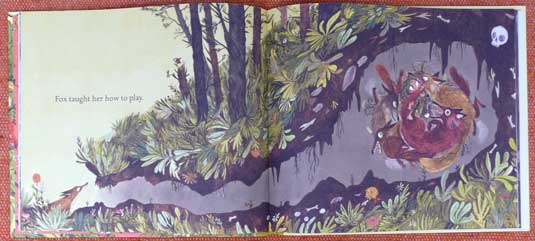
"They found me the day before graduating," the 22-year-old says, "and asked me to come visit with my portfolio. I'm not too sure how they found me. It might have been through a friend or my luck with the Macmillan Prize for Children's Picture Book Illustration in 2012."
"Either way," she continues, "we had a good long discussion, with the goal of trying to come up with a potential story under a pretty tight deadline. I'd done a bunch of rough work for a pitch, pitched it, worked on the story a bit more to smooth out lumps, and voila, my name was on a contract!"
Get yourself seen
Entering competitions is a great way of getting coverage and getting noticed. Hughes says winning second place in the Macmillan Prize gained her an awful lot of coverage. It's also a great way of challenging yourself. "I learnt a lot about publishing through those guys at Macmillan," she says.
"It takes a while for the ball to start rolling, but if you're consistent in making art and making friends (even if it's just 'following'), your circle of viewership will get wider and wider. You just have to be proactive."
Get the Creative Bloq Newsletter
Daily design news, reviews, how-tos and more, as picked by the editors.
Award-winning freelance graphic designer and illustrator Sarah Defriend recommends Pictoplasma for some great competitions. It's especially brilliant if you're into character design.
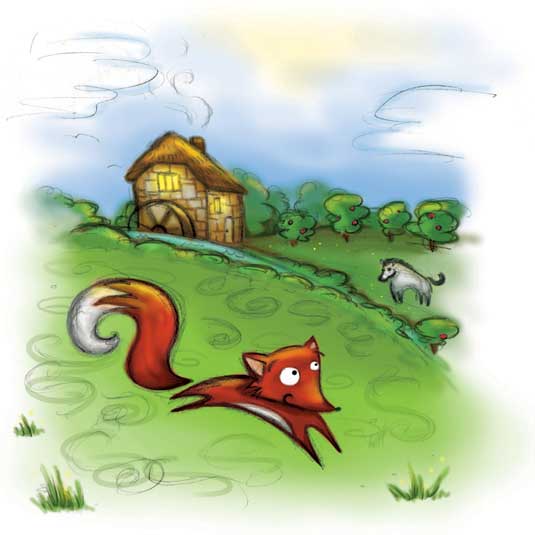
Threadless and Sketch Dailies are also great places to display your work and find inspiration. "I get really inspired by the stunning quality of work on these sites and they can act as a promotional platform for your work," says the 31-year-old.
Events are another brilliant way of getting exposure. Hughes recommends Pick Me Up at Somerset House in London. A 'fun and informal festival', you'll have the chance to display your work to hundreds of enthusiasts, make a bit of money and do some all important networking.
Networking
Yes that dreaded word. It's your friend and it will get you work. Okay, boring stat alert - 70 per cent of all jobs are found through networking according to the US Bureau of Labor Statistics. Not only will it put you in touch with loads of useful people and help you find work, but it gives you a break from working on your own at home and will most likely equip you with some fresh ideas.
Defriend finds Twitter and Facebook awesome tools for discovering other illustrators and finding agencies, but she also recommends looking up local networking events. "And get some well-designed business cards ready to hand out," she says. "Local art groups, screen printing sessions or shared space studios can also help you build up contacts. I tend to find just meeting new people helps me generate more work," she shares.
Portfolios
Having an online presence is more important than ever. Would you book a room in a hotel that had no website? Didn't think so. So why would a publisher hire you to illustrate one of their books if they can't see your work?
Defriend's first book illustration job came through her online portfolio. "I worked on a series of three fundraising books called The Brush Dance Tales," she says. "The author had seen some of my personal projects via my online portfolio and thought my style and character designs would lend themselves well to her stories."
She recommends setting up a simple online portfolio to show off your best work. "If you feel you don't have enough, generate more by working on personal projects and entering online competitions. This means you can pick out your strongest work.
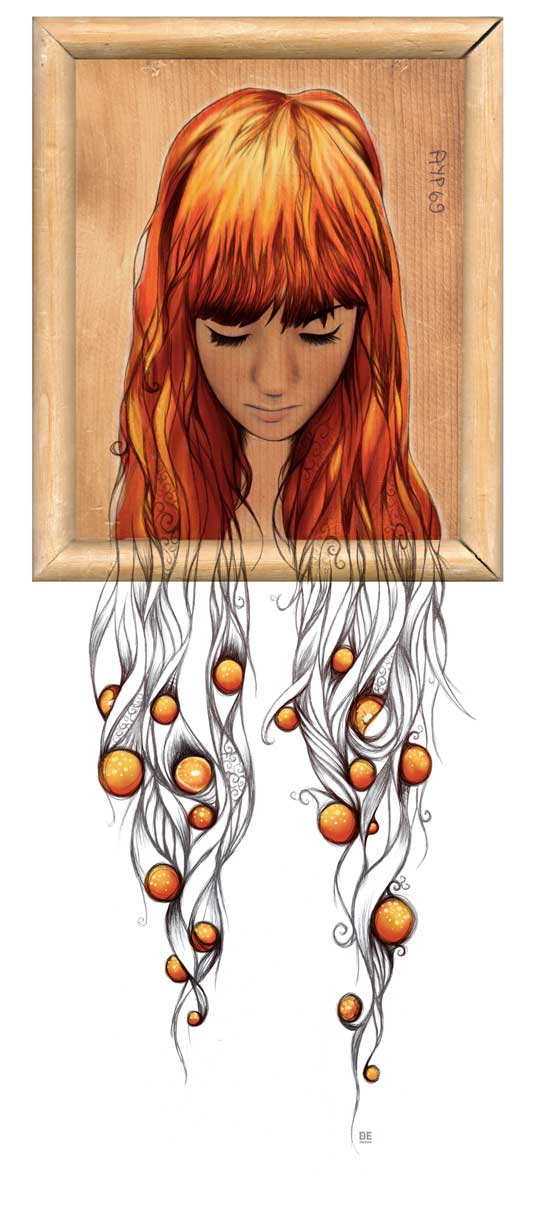
"Then go and shout about it - promote yourself via social media, your own blog, Tumblr accounts, Pinterest, Dribbble, illustration magazines, the lot."
Landing that contract
The Vice President Executive Creative Director of Penguin US, Paul Buckley, says a great way to land work in publishing is to assign yourself your favourite books to illustrate. Just as if an art director were to call you up and say, "I'd like you to illustrate these - insert favourite author here - titles for me."
"Soon you'll have pieces on your website that you enjoyed working on and that show how you personally approach book cover work," says Buckley. "Send those samples to various book blogs and if they're excellent, they'll get traction and we'll see them. It's really not that hard to do, but you need to be that good to be seen. If they don't get traction, ask yourself why. Then try again."
Be aware that publishers really know their market and to stand out, you need to be unique and consistent. "You gotta do you," says Hughes. "You have to dedicate a lot of time and hard work to figure out your practice and trying to keep it consistent, so it's something you're happy with. You gotta try hard to understand the market, and what kind of books you want to make." Buckley agrees. If you're unique in your approach, you're responsive, you seem nice and like you might be fun to work with, you'll be snapped up he says.
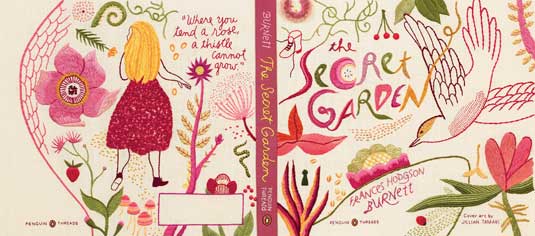
In Hughes' experience publishers really want to see something finished - in book form is even better. "When your work's in separate images in little sleeves it takes a lot more work and imagination to see how it would fit into a book," she says. But try to bring both when meeting with a publisher and don't forget your sketchbooks, as publishers may be able to spot little stories hidden in them. And if you're interested in writing as well as illustrating, Hughes recommends coming with ideas. It will make you look peppy, creative and full of initiative.
And don't forget your etiquette. It's the same for any meeting. "You're going to work very closely with these people, so be open minded to their ideas. It's a collaboration after all, so don't get an ego about your work. Respond to emails, visit regularly and share any progress," Hughes says.
Keeping the work coming in
A lot of Defriend's work comes from recommendations and knowing agencies, so it's in your best interest to build a good reputation with people you work with. Get known for working well with others, delivering your work on time and communicating well with the client says Defriend. "At the end of the day, it's all about doing a good job, so try not to get too precious over your work," she says. "In publishing, artwork gets edited. A lot. A cat I created for The Brush Dance Tales had its stripes changed five times before it was approved. So be flexible with how you work. For example, ensure you work on layers in Photoshop, so you can accommodate changes easily."
Getting an agent can really help the workflow. Hughes' literary agent finds her jobs for her, so she can focus all her energy into her creative work. "It makes things so much easier and clearer. He's my translator in a totally foreign country that speaks in numbers, percentages and contracts," she shares. Although the agent takes a cut, you're likely to make more money with one than without. After all there's money in it for them too.
Getting hired or going freelance
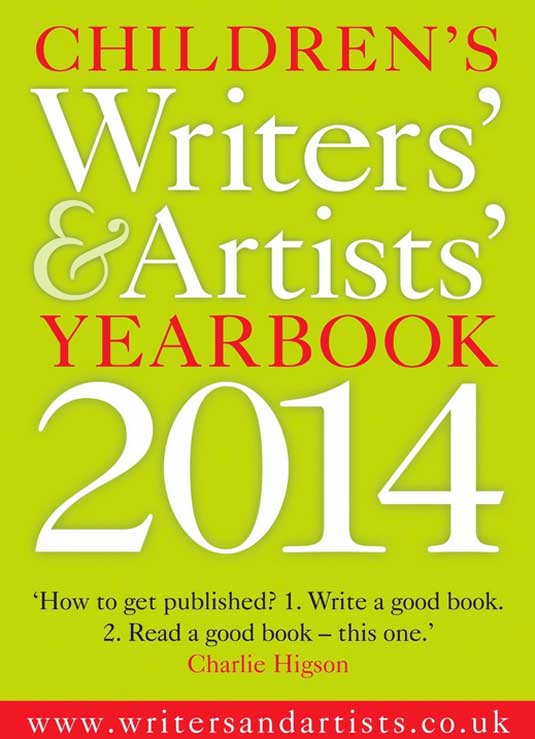
If you're umming and ahing about going it alone or joining a company, Defriend recommends taking a look at Children's Writers' and Artists' Year Book. It's packed full of advice and will help you decide if you'd like to be represented by an agent, work for a company or just go freelance. It also discusses rates and how to handle approaching publishers and agencies.
Defriend knows how tricky it can be to know how much to charge for a job. She finds the Association of Illustrators and illustrator Will Terry's YouTube channel really useful for a whole range of illustrator head scratchers. He also has some amazing tutorials you could benefit from.
Mistakes to avoid
- Taking on projects you're not passionate about: sometimes you have to, but don't make it a habit. Even if you're paid for them, it will break your heart and make you miserable in your practice.
- Thinking too highly of yourself: clients can spot it a mile away. You need to be a hard working, genuine individual who's passionate about your work, but not arrogant.
- Changing your style: stay unique and keep aiming higher every time. There is always new talent out there and publishers know about it. Don't let yourself look like a second rate copy of another illustrator or an outdated trend.
Words: Margaux Doey
Margaux Doey is a freelance journalist and winner of the PPA Magazine Academy's New Digital Product Concept 2013. Follow her on Twitter.

Thank you for reading 5 articles this month* Join now for unlimited access
Enjoy your first month for just £1 / $1 / €1
*Read 5 free articles per month without a subscription

Join now for unlimited access
Try first month for just £1 / $1 / €1

The Creative Bloq team is made up of a group of art and design enthusiasts, and has changed and evolved since Creative Bloq began back in 2012. The current website team consists of eight full-time members of staff: Editor Georgia Coggan, Deputy Editor Rosie Hilder, Ecommerce Editor Beren Neale, Senior News Editor Daniel Piper, Editor, Digital Art and 3D Ian Dean, Tech Reviews Editor Erlingur Einarsson, Ecommerce Writer Beth Nicholls and Staff Writer Natalie Fear, as well as a roster of freelancers from around the world. The ImagineFX magazine team also pitch in, ensuring that content from leading digital art publication ImagineFX is represented on Creative Bloq.
